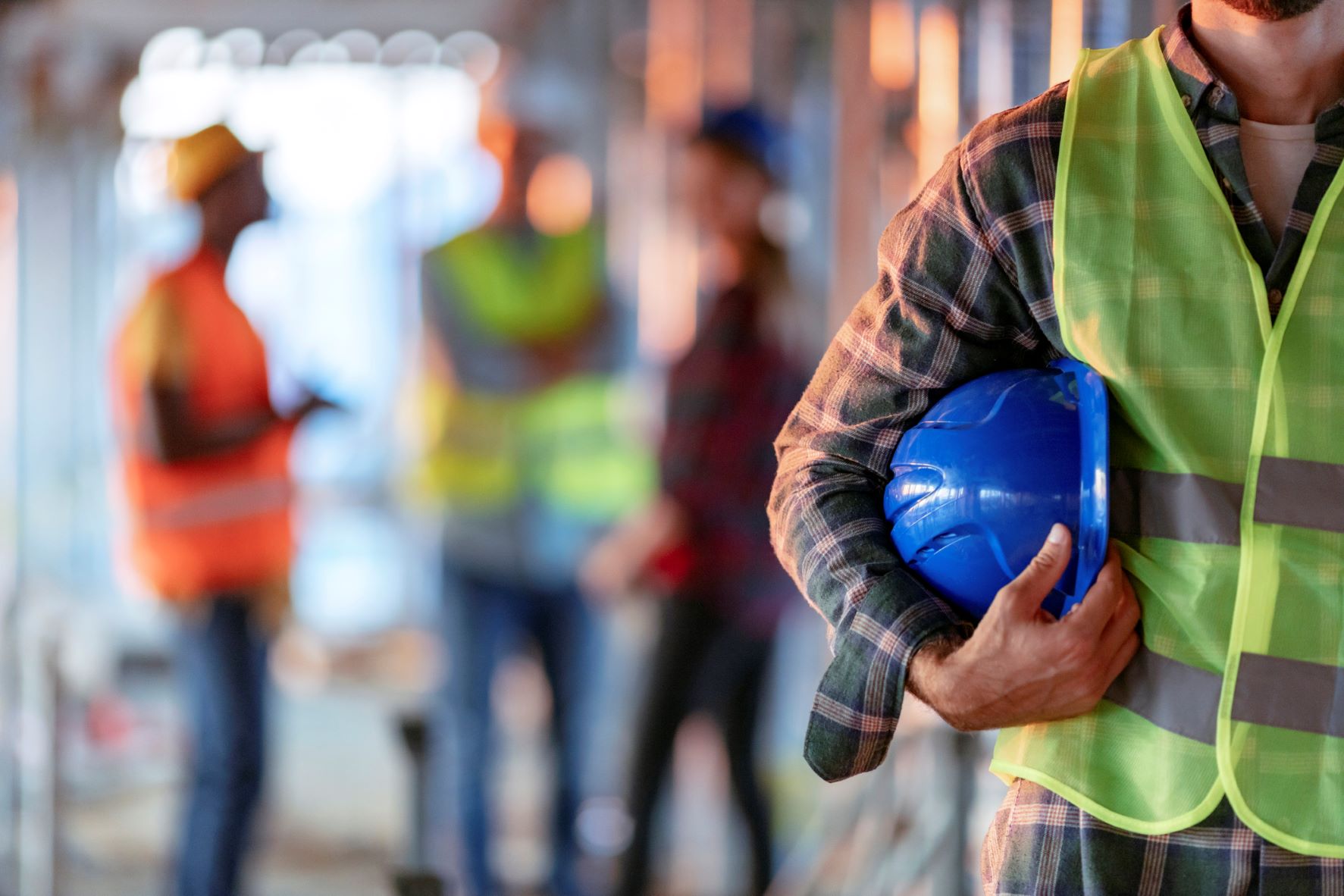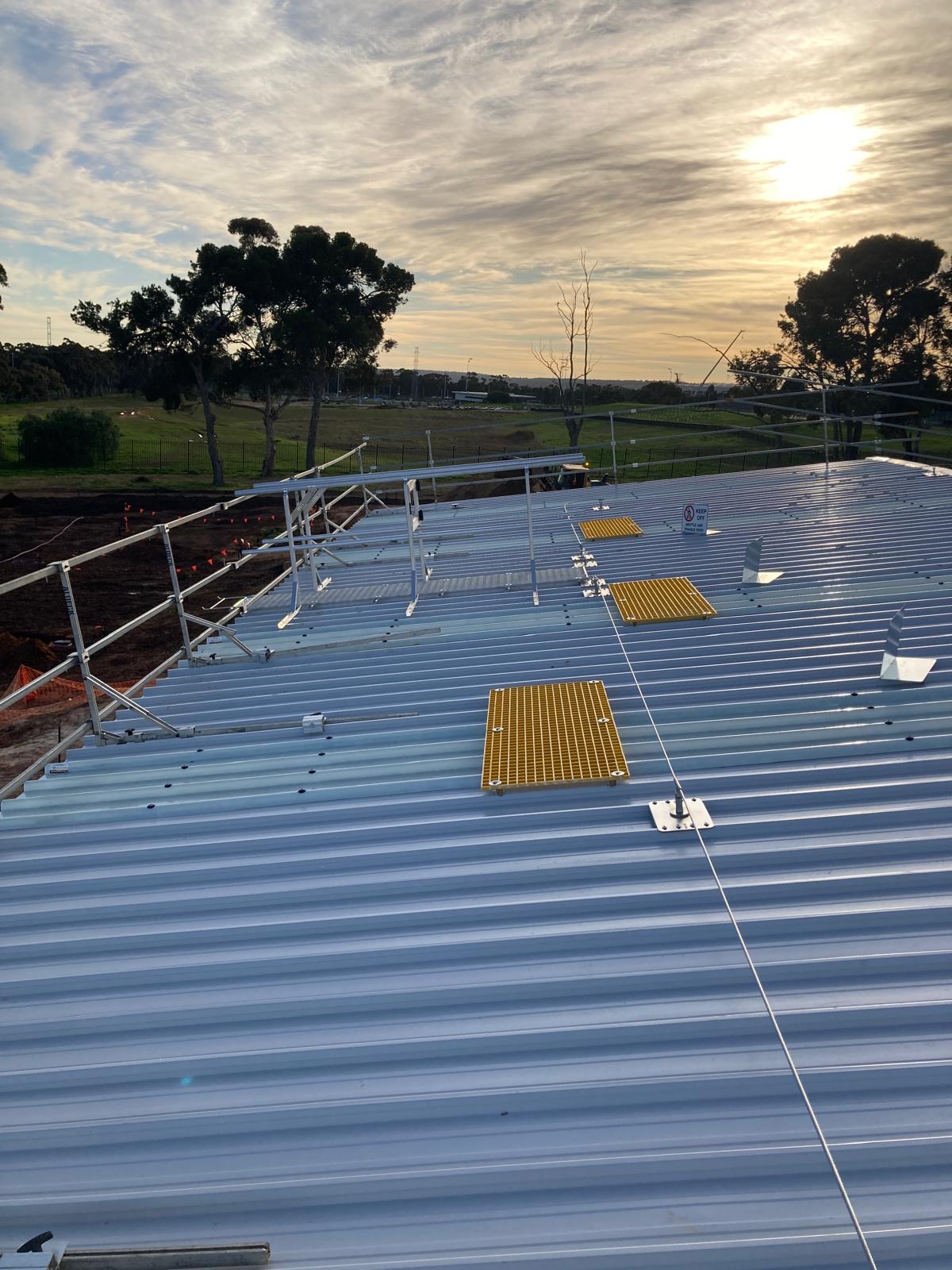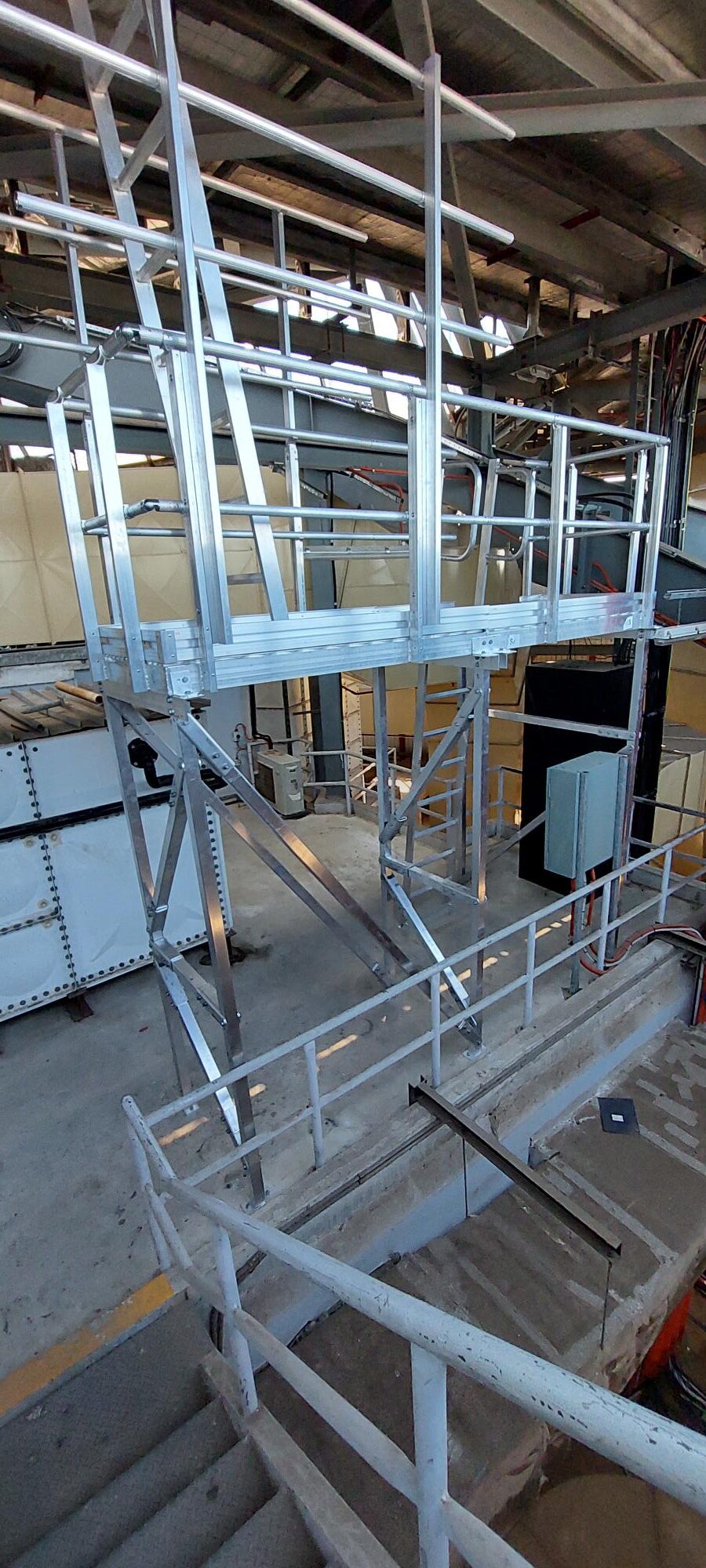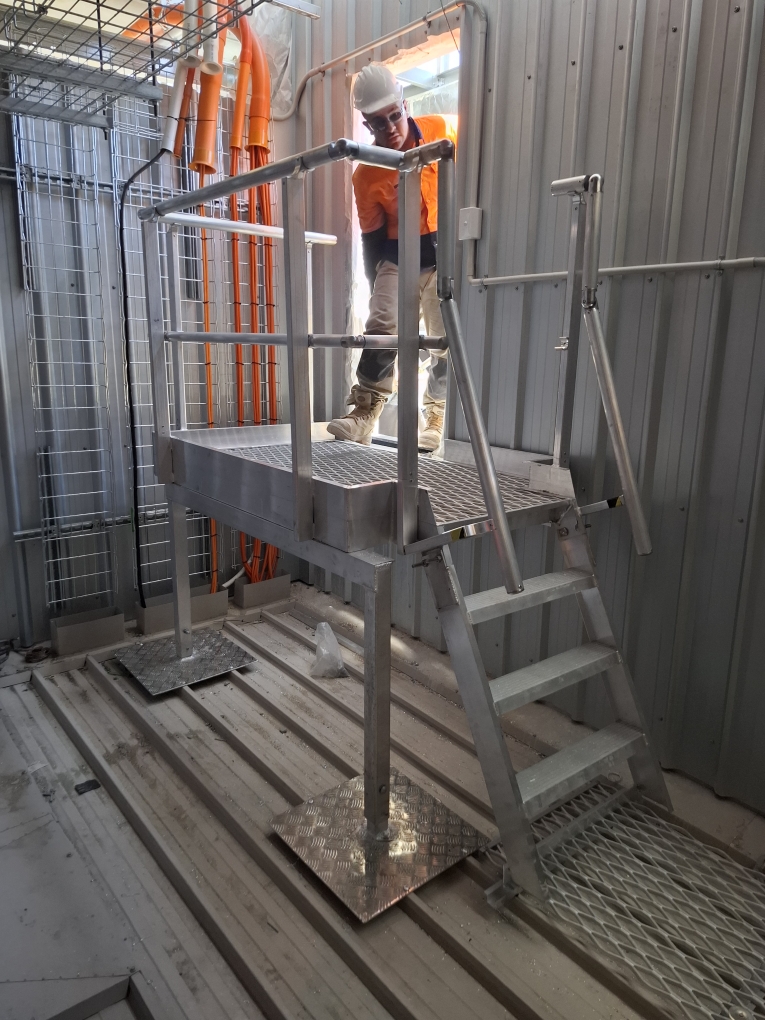Workplace accidents have far-reaching consequences. Accidents can be life-changing for employees, their families, and their colleagues, they can also leave your business with a hefty compensation pay-out.
Establishing and maintaining a safe workplace starts with an in-depth safety audit, which might seem like a lot of work upfront, but is an invaluable way to identify areas for improvement and mitigate workplace risks before they cause any harm. Here are four steps you can take to ensure a safe workplace for you and your team.
Step 1: Eliminate hazards
The first and easiest task is to investigate your existing workspace and identify and eliminate hazards and threats of harm, whether they might be tools left lying around, or stacks of boxes and other clutter blocking doorways, emergency exits and high-traffic areas.
Some 39% of workers compensation claims involve injuries caused by slips, trips and being hit by moving objects. These sorts of hazards are easily removed with frequent cleaning of your workspace and investing in appropriate storage solutions where necessary to keep frequently used tools and resources close to hand, yet safely out of the way.
Step 2: Maintain equipment and storage areas
If you haven’t already, schedule routine maintenance of all equipment and machinery, as well as storage areas. Ensure all checks are up to date, all equipment is in good working order , all safety devices such as guards, isolation devices, etc are working correctly, and any storage areas are clean and tidy, with supplies stored securely. How often equipment should be routinely checked is dependent upon the type of equipment, the frequency of use, and the environment where the equipment is used. When in doubt, consult the Australian Standards.
Step 3: Update your safety plan
Your safety plan should contain everything you and your team need to know about how to operate equipment, identify and manage risks and a detailed reporting procedure in the event of a workplace incident. Maintaining detailed reports of every incident allows the associated risk factors to be clearly and quickly identified, so you and your team can plan how best to mitigate them moving forward.
Step 4: Train your staff
Safe equipment and a safety plan are just two pieces of the puzzle. Both are only effective if your team is well-versed on policies, procedures and how to operate equipment.
Organise regular safety refreshers for you and your staff so that you can all confidently assess and handle workplace hazards efficiently. Building this sort of autonomy also empowers employees to think carefully about their workplace environments and understand the encompassing importance of workplace safety, which boosts workplace safety culture. It is also important to ensure your staff and contractors have the most up-to-date qualifications, so that your workplace is compliant and accident risk is kept to a minimum.
Contact us today to find out more about our site compliance audit service.



